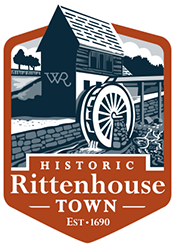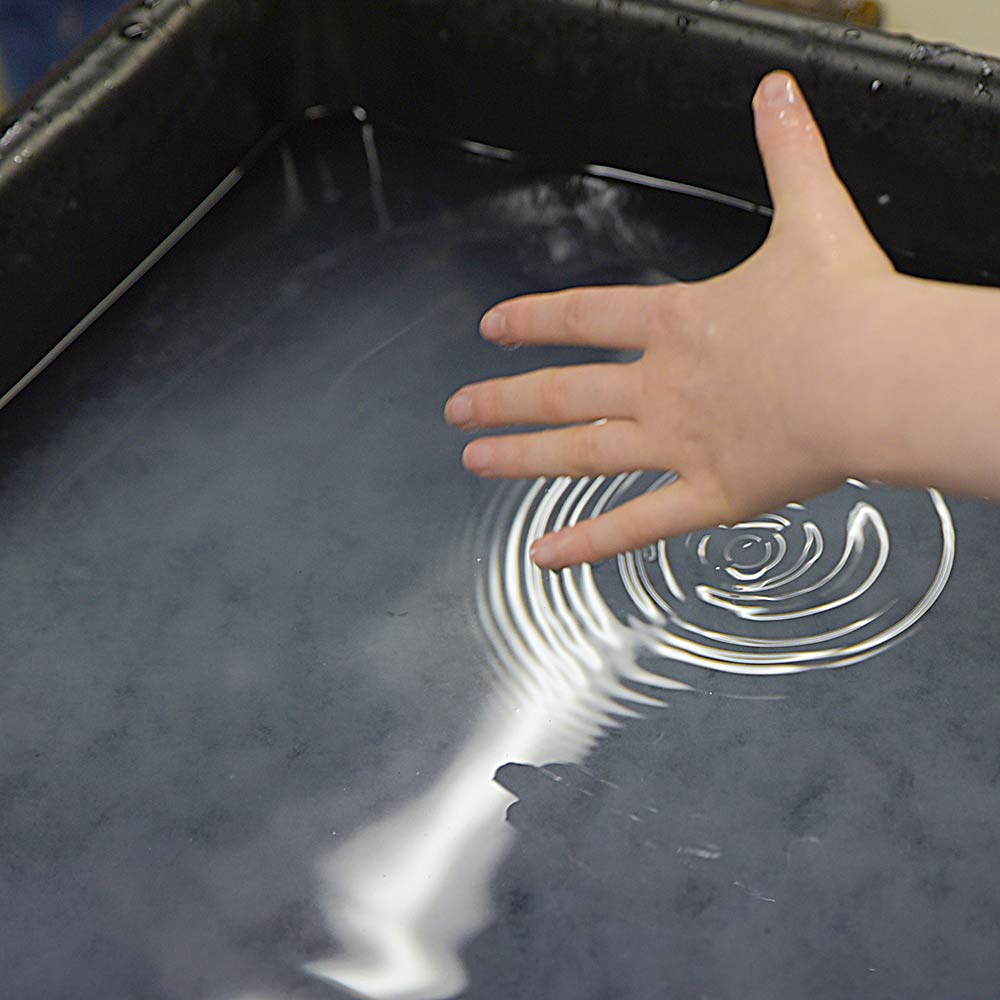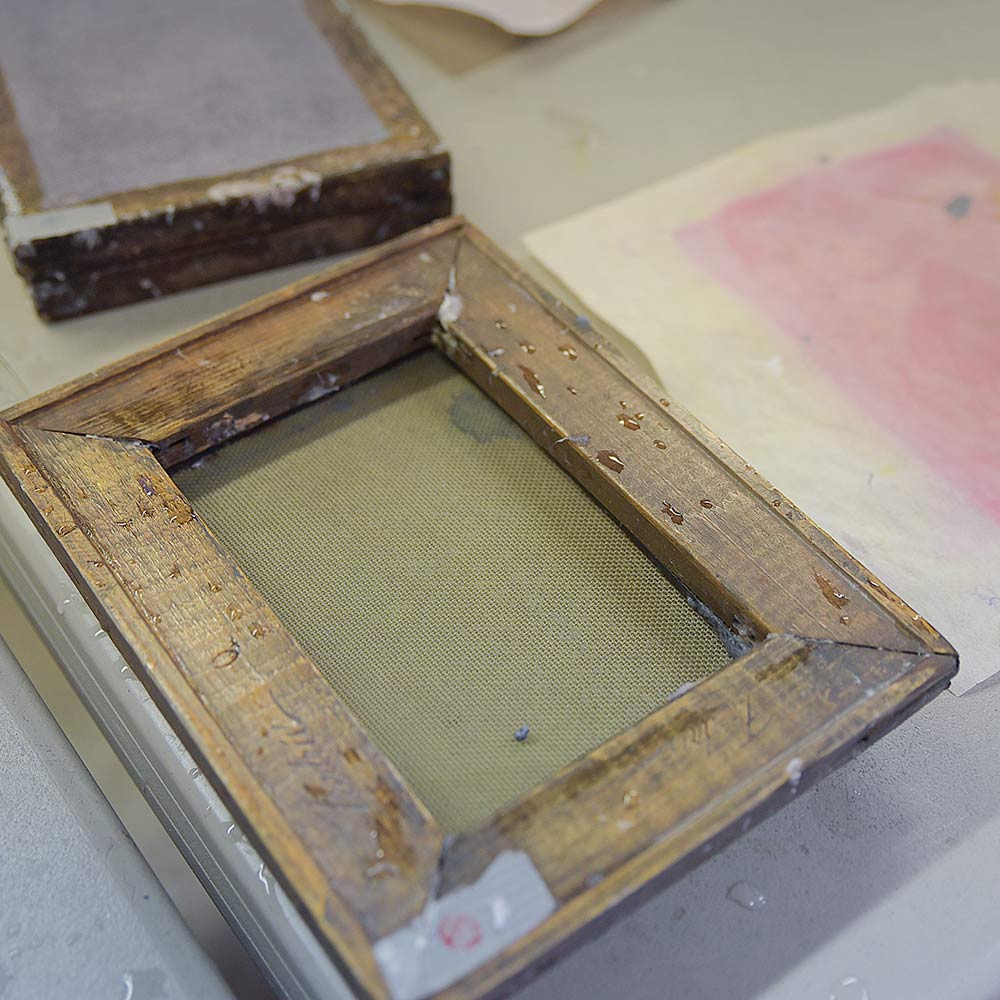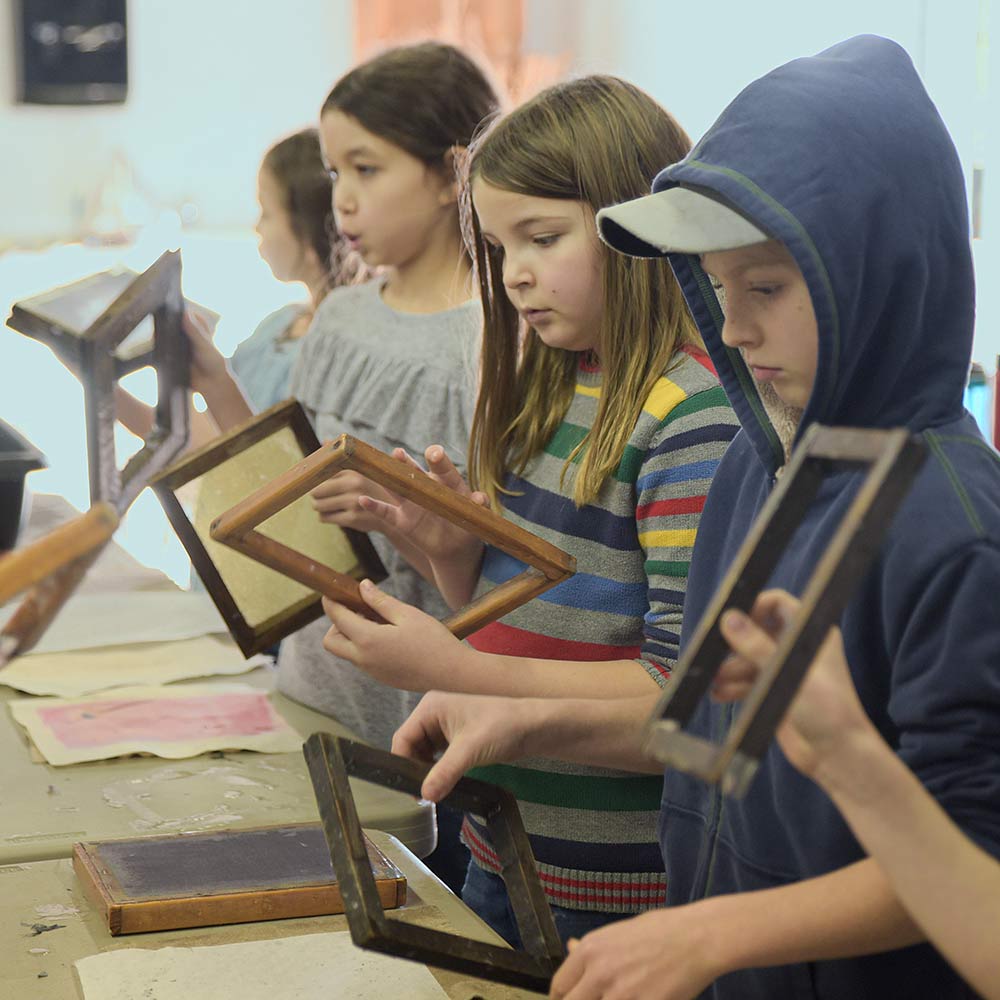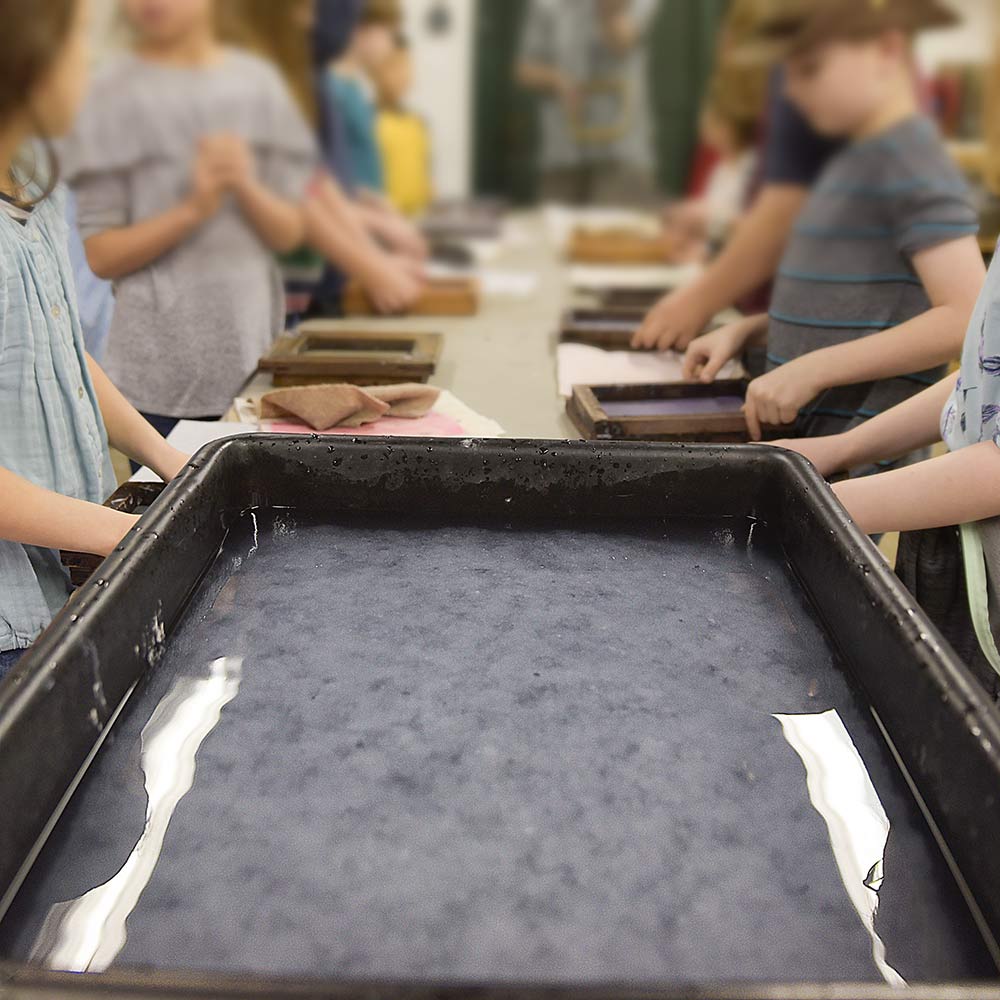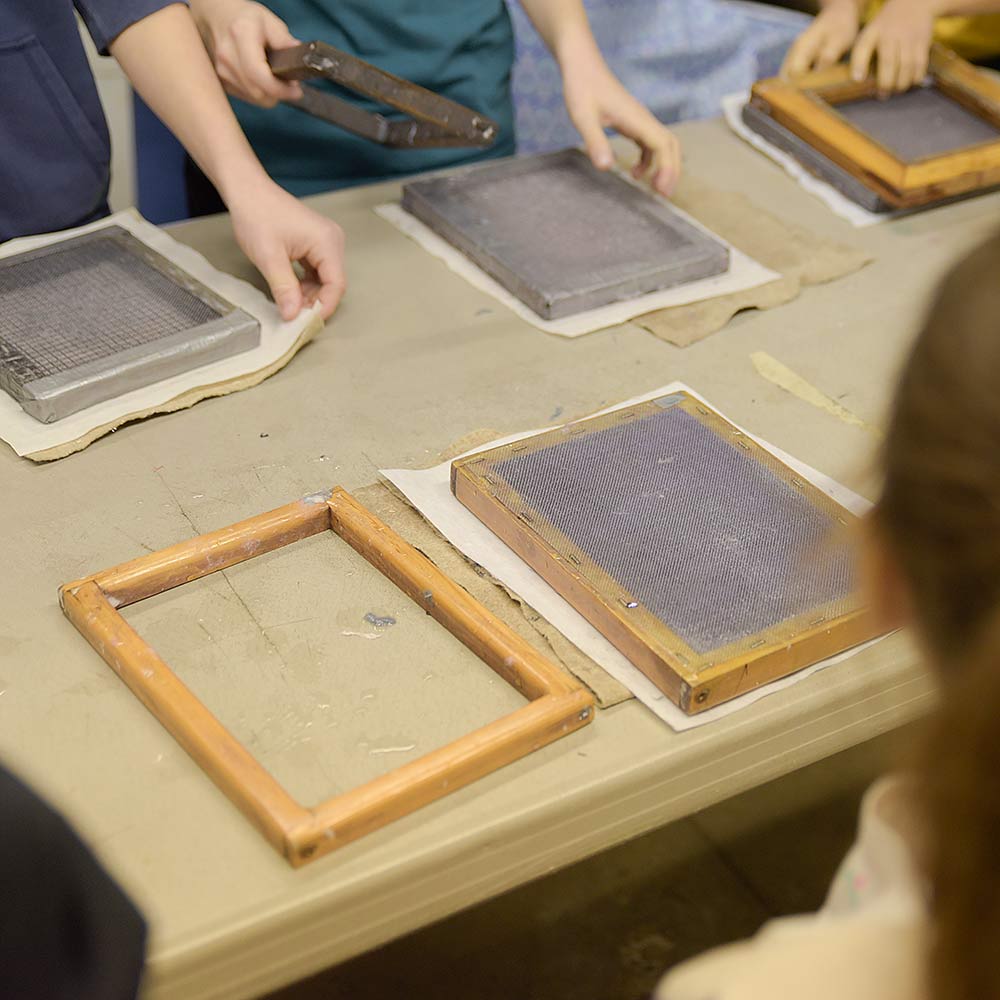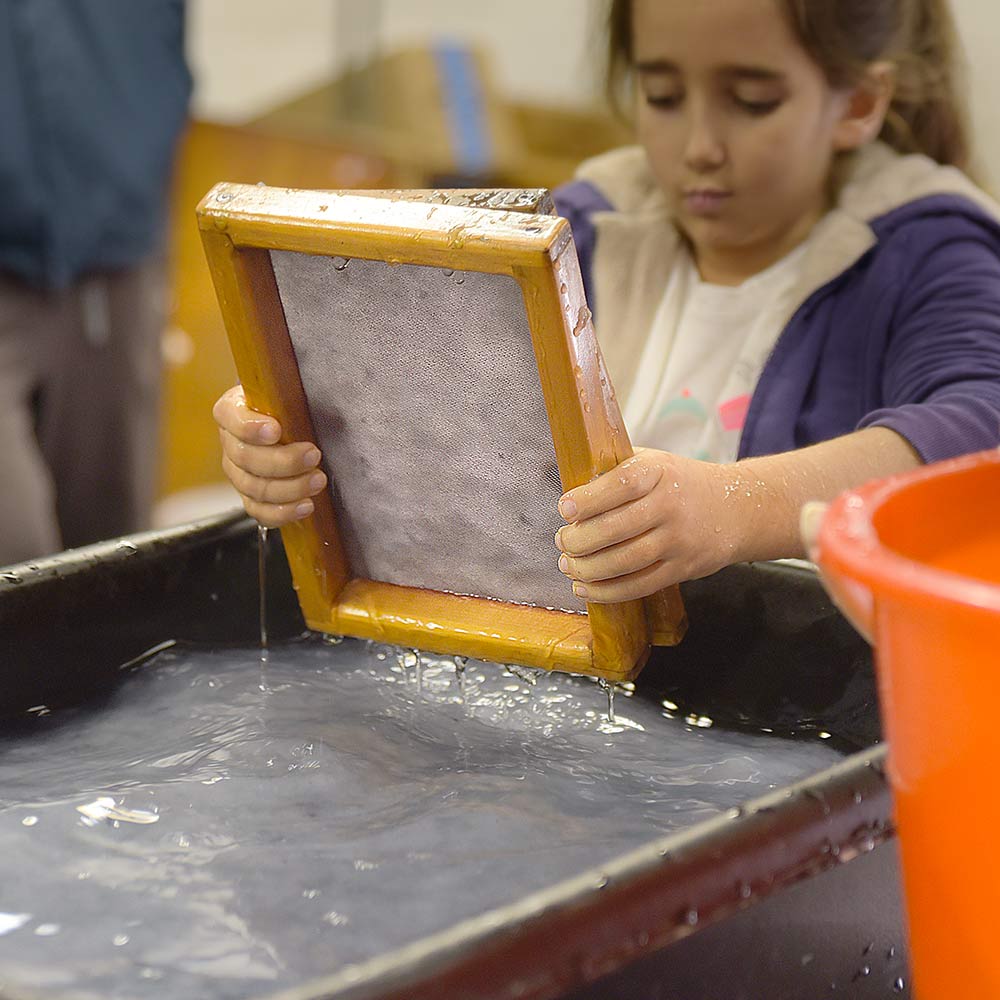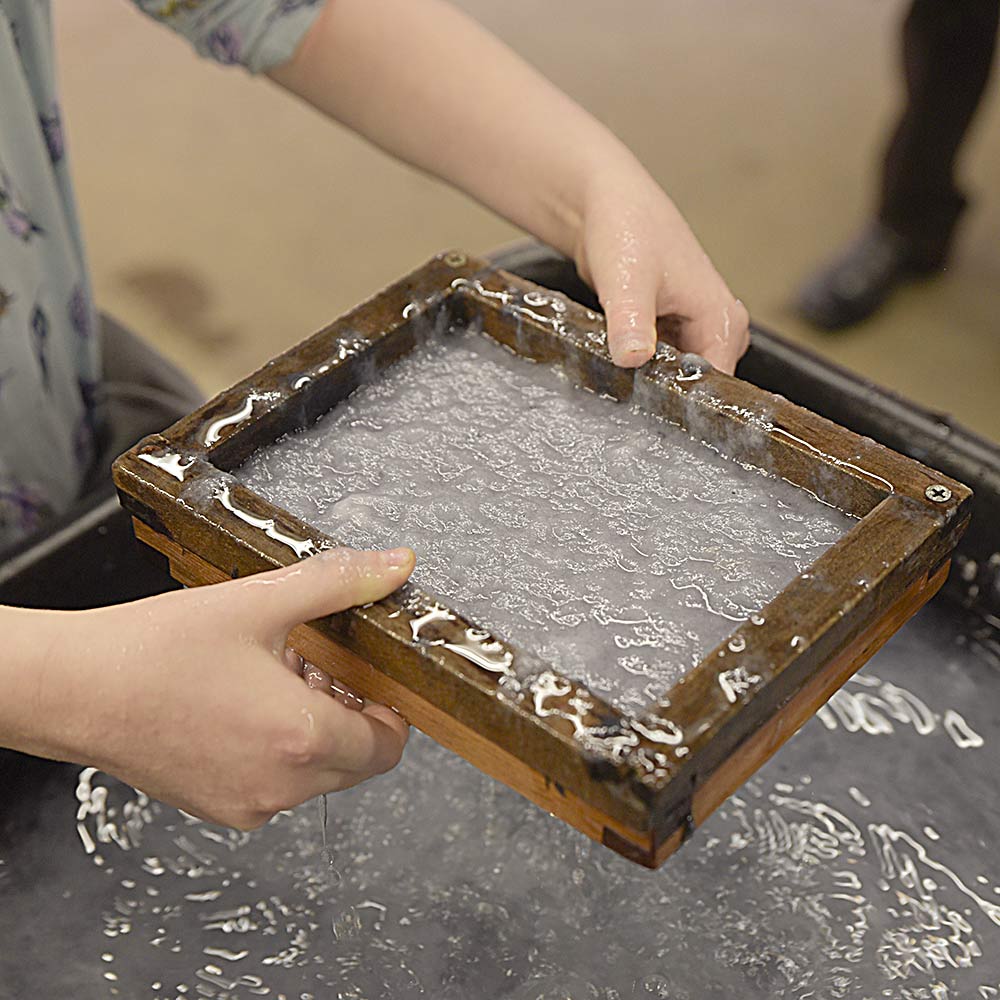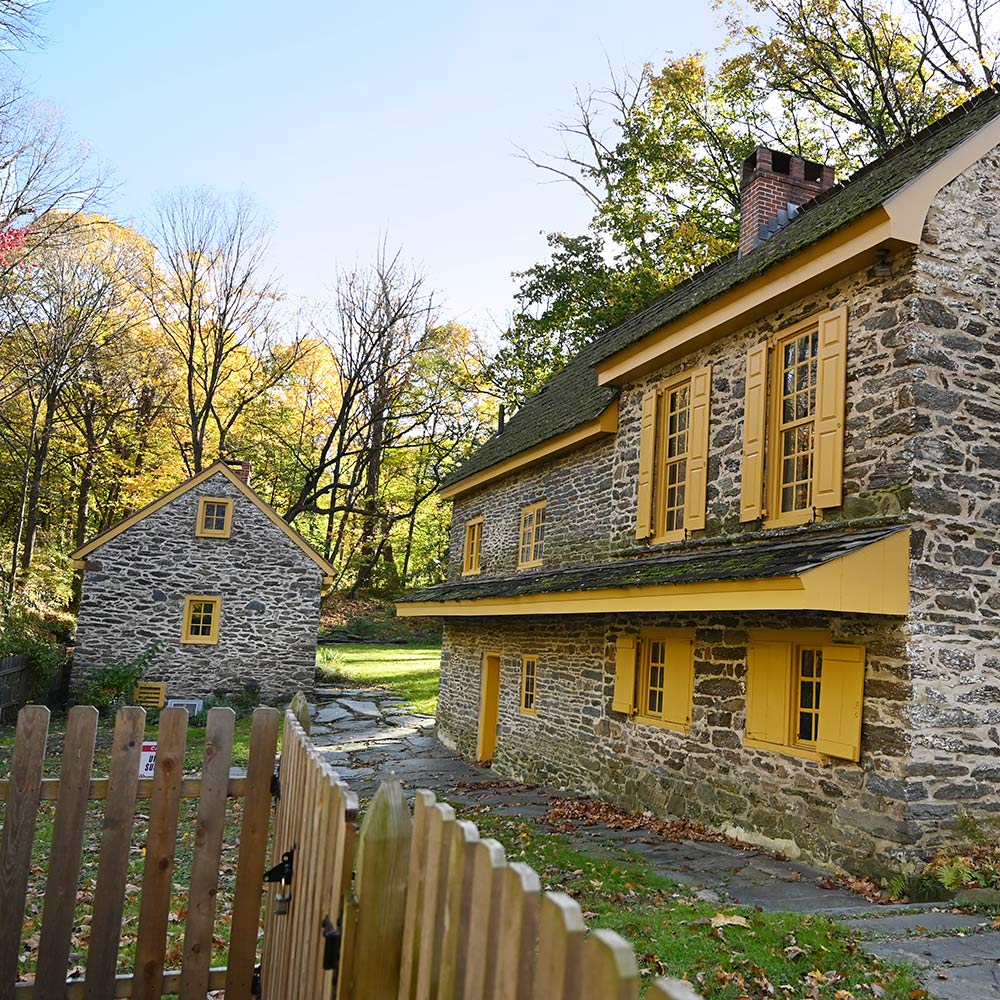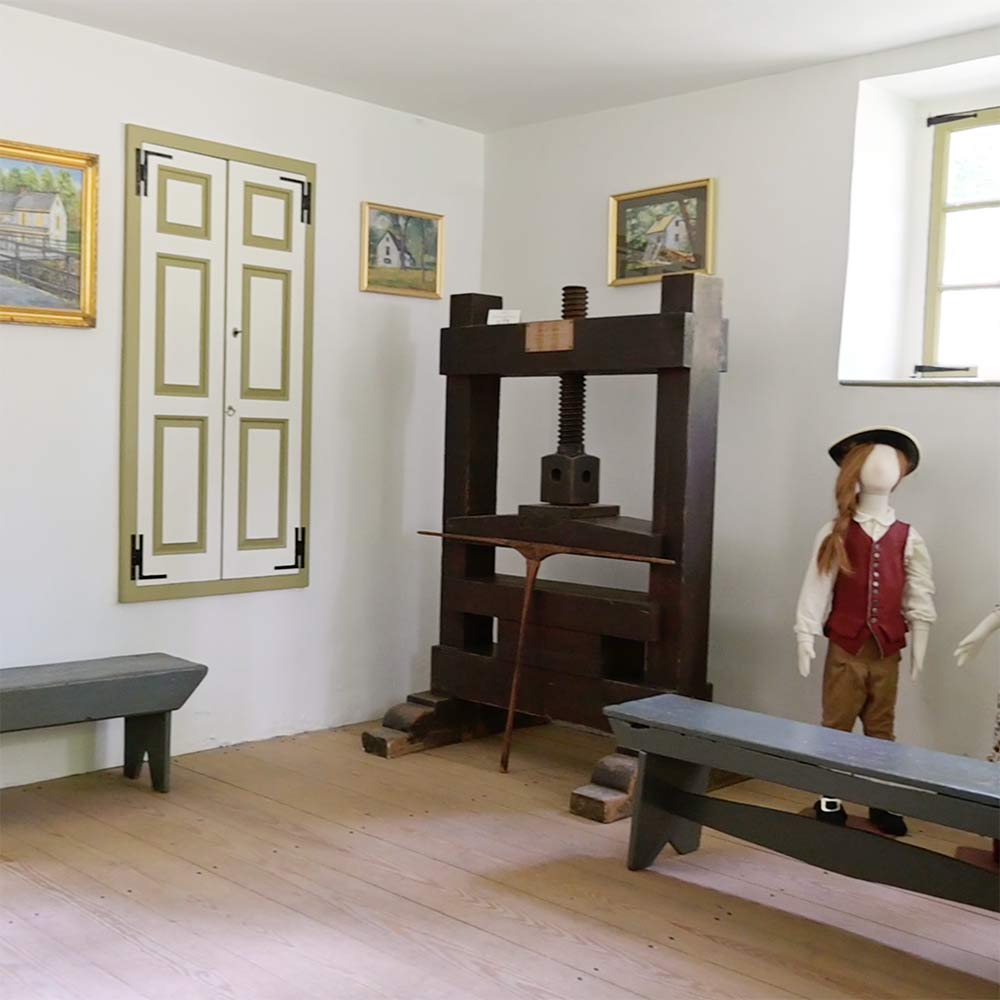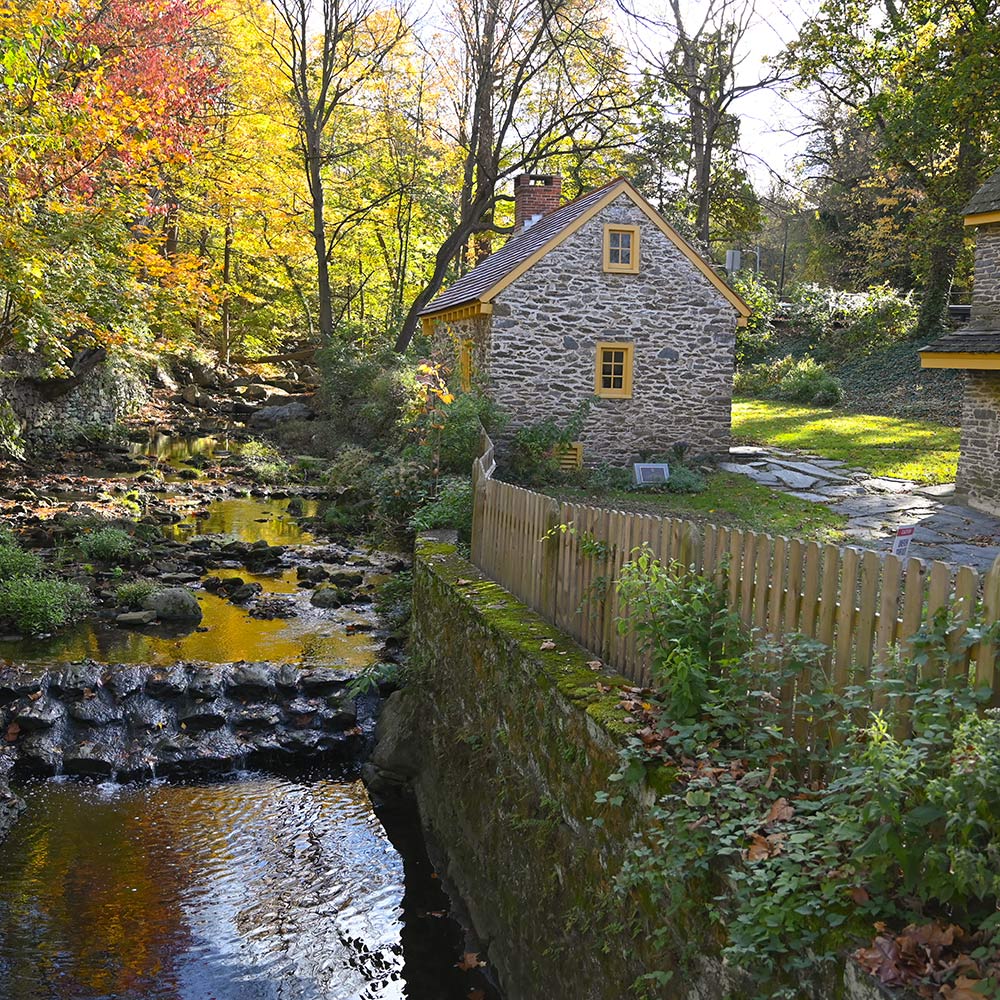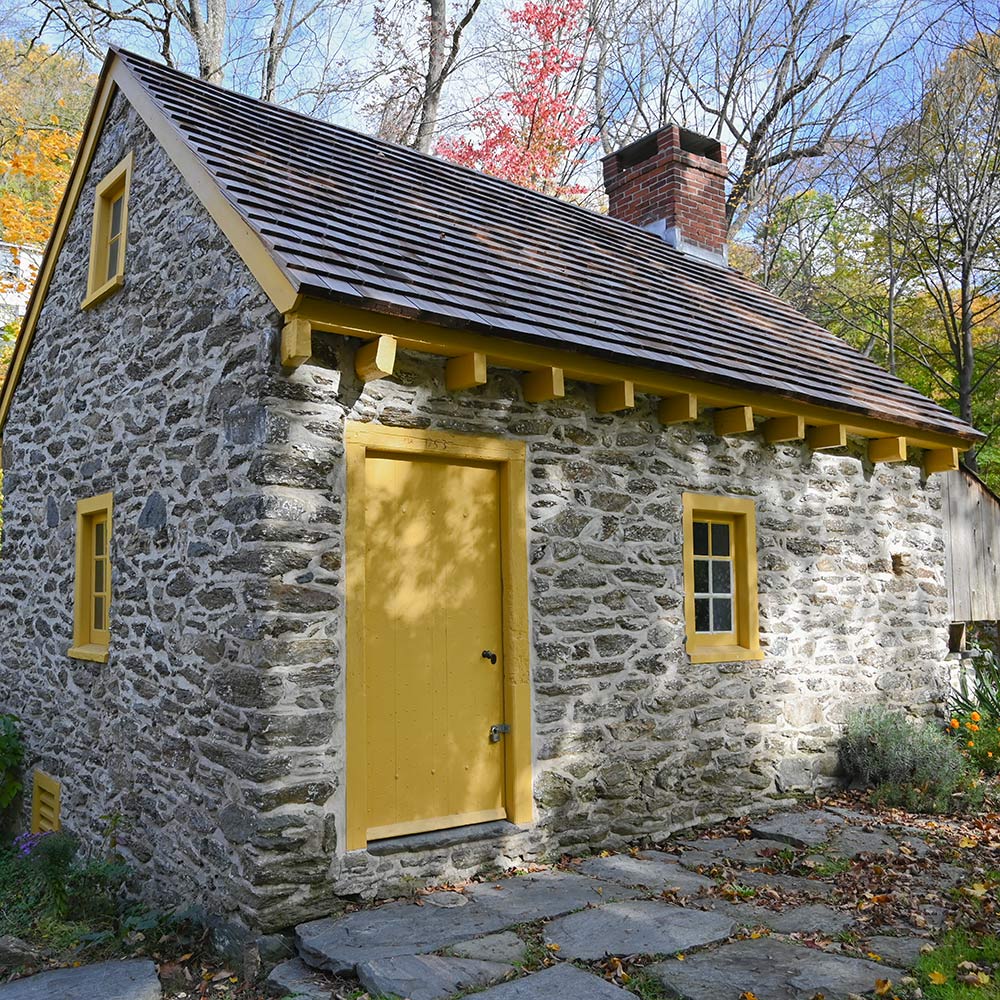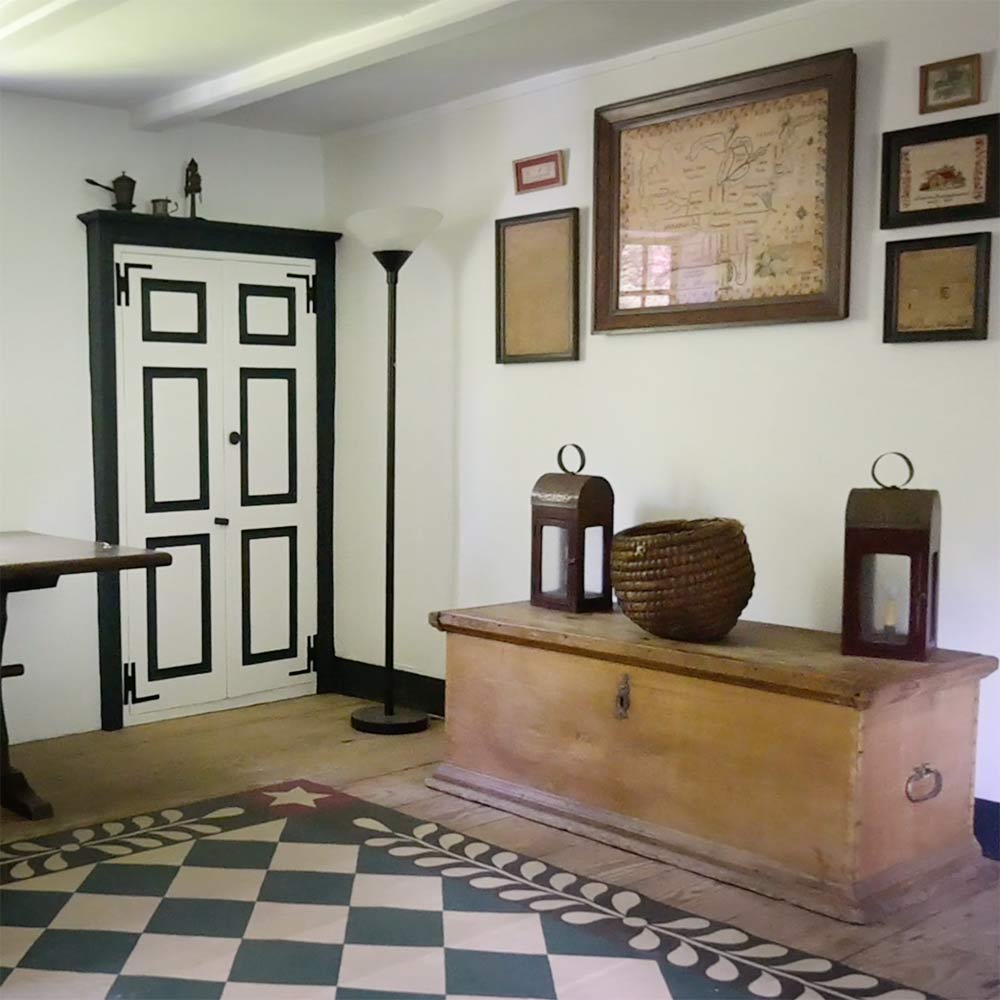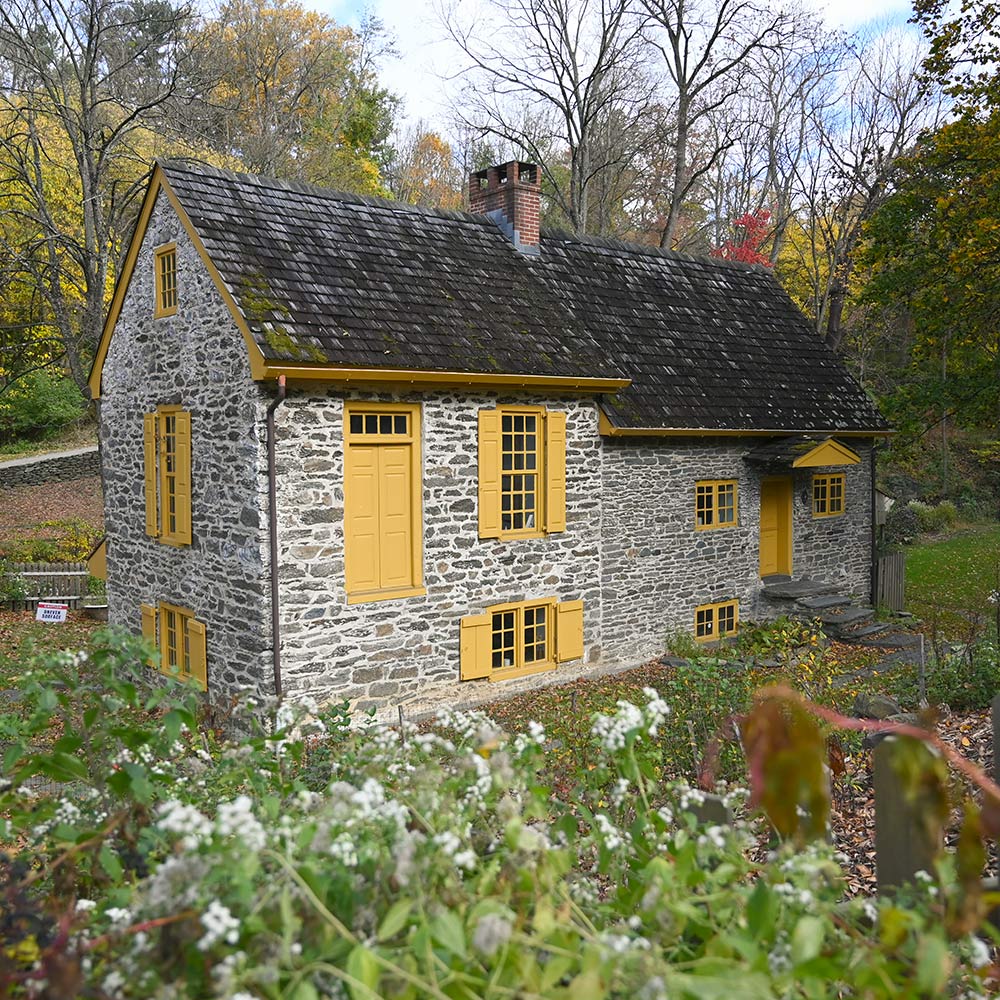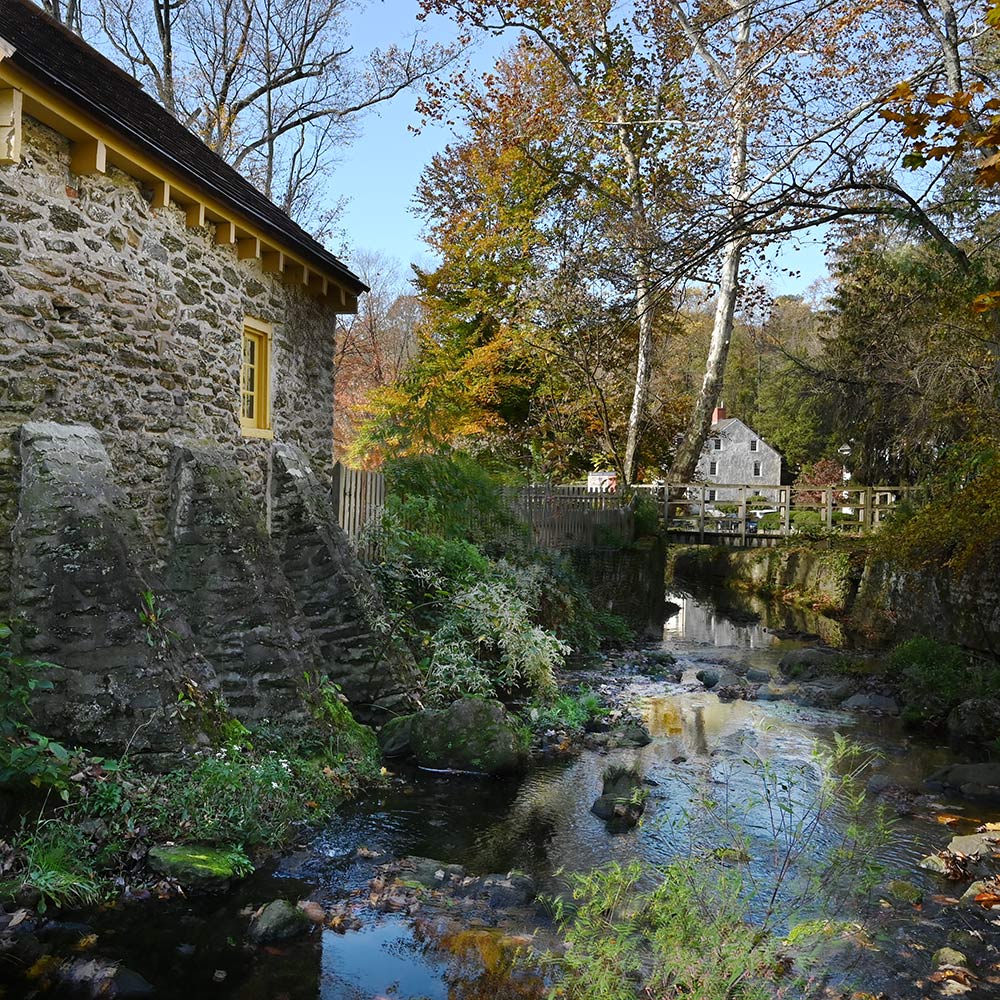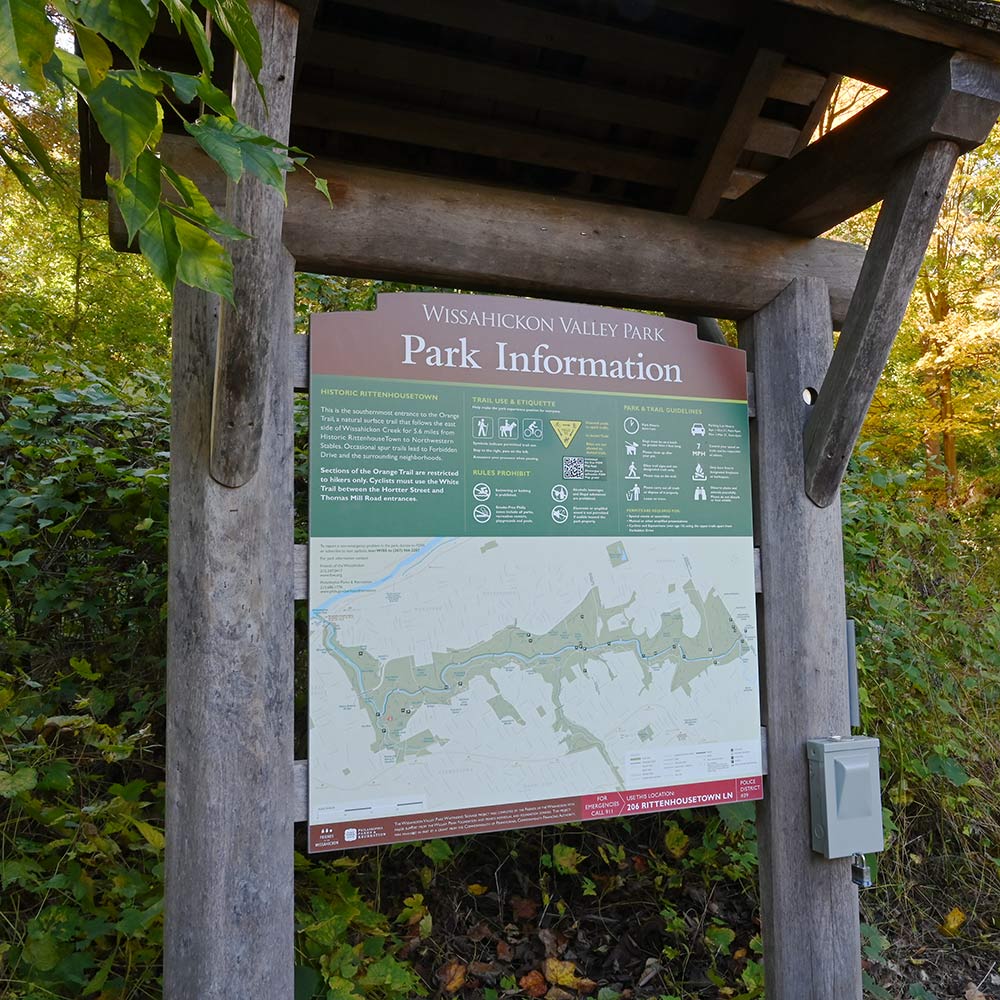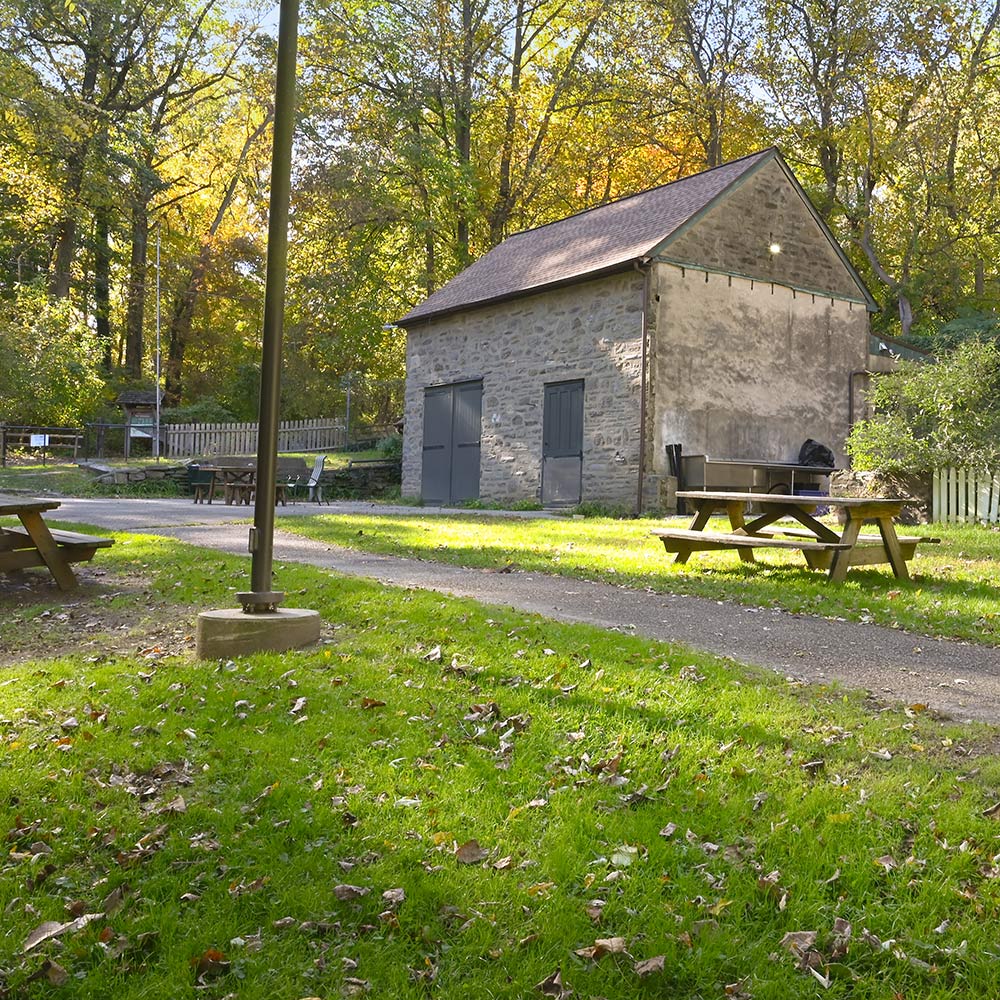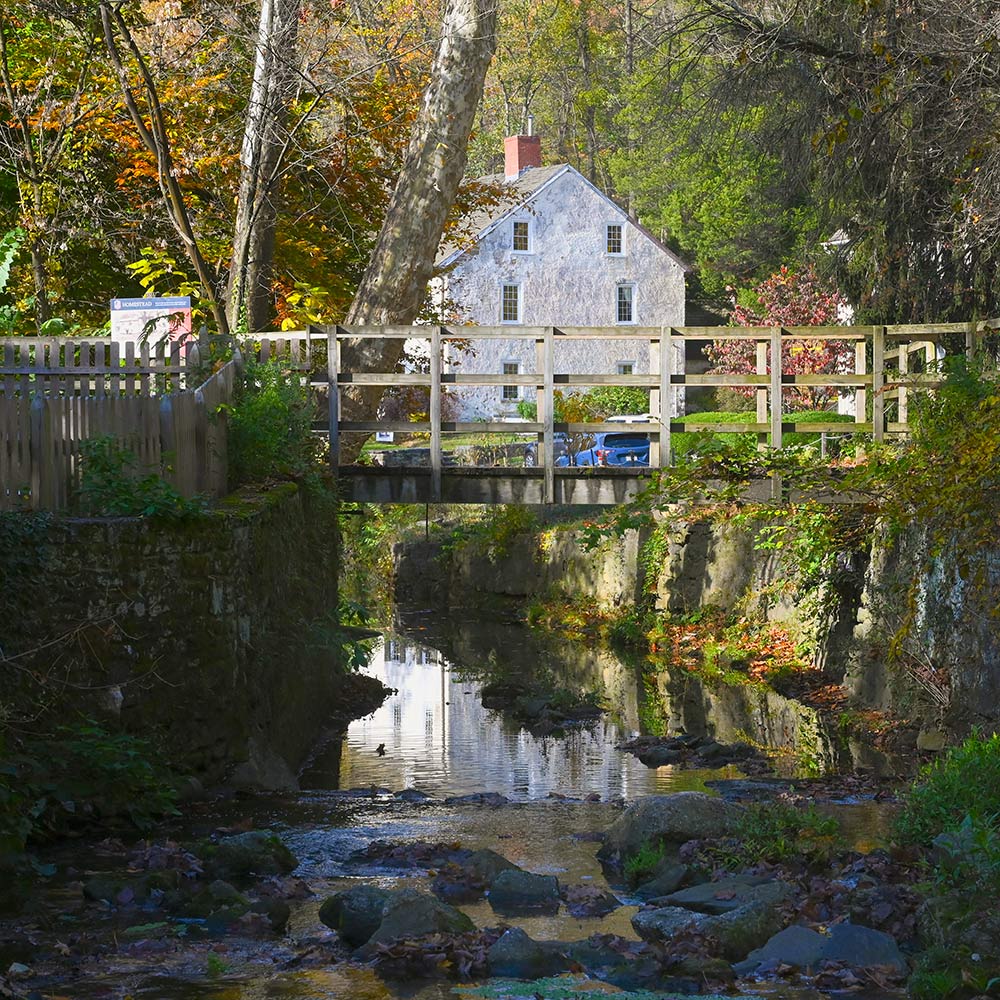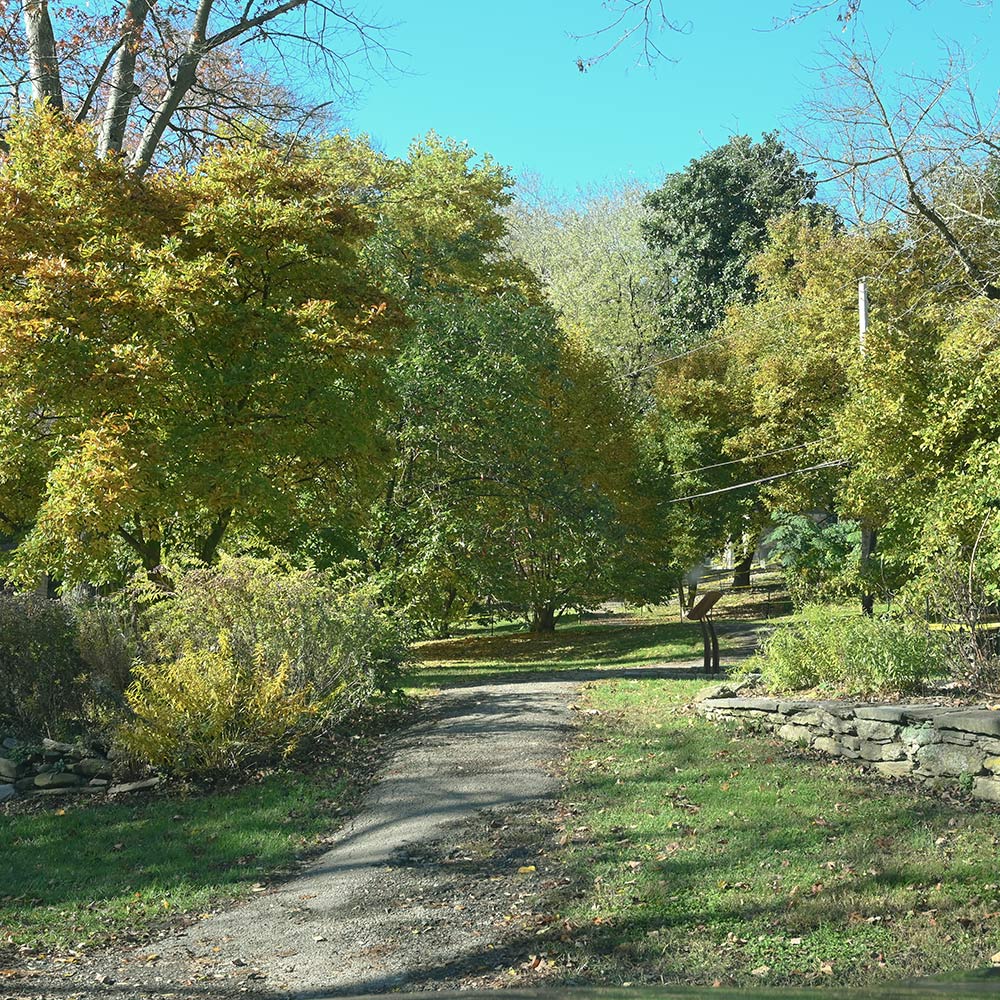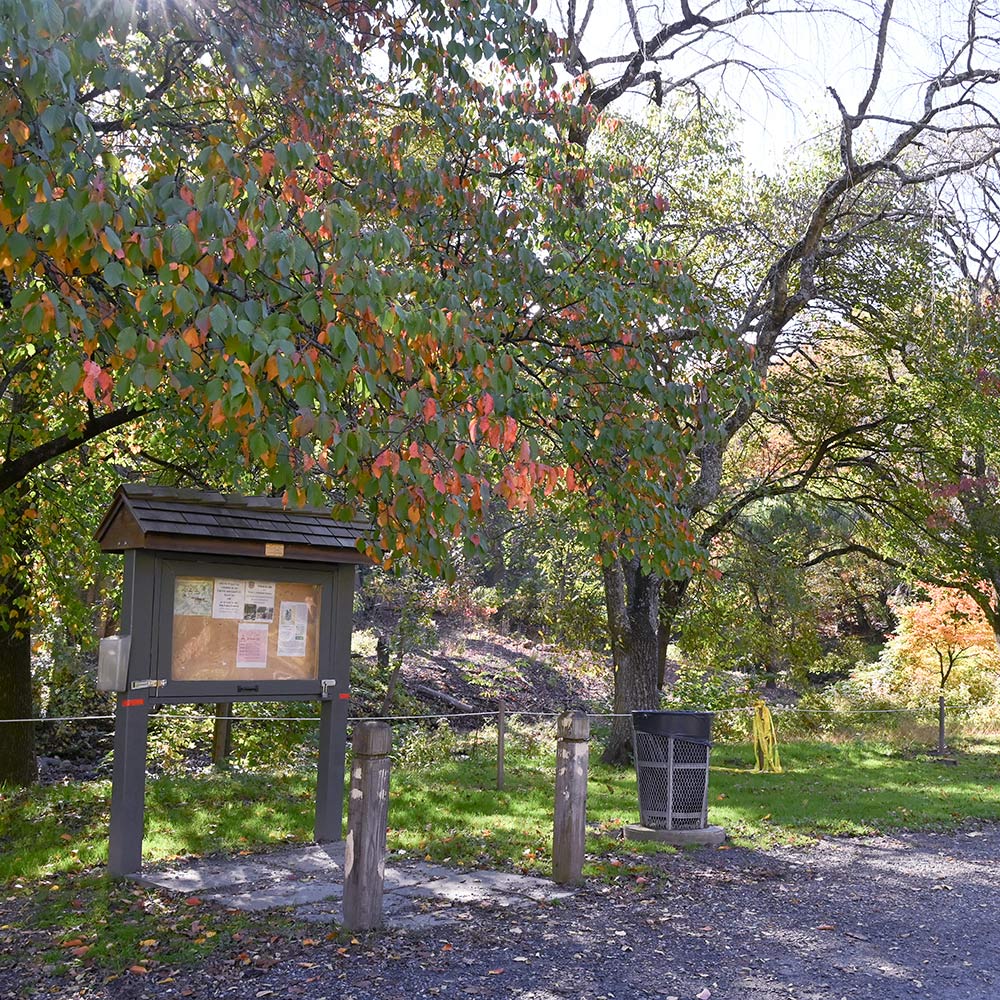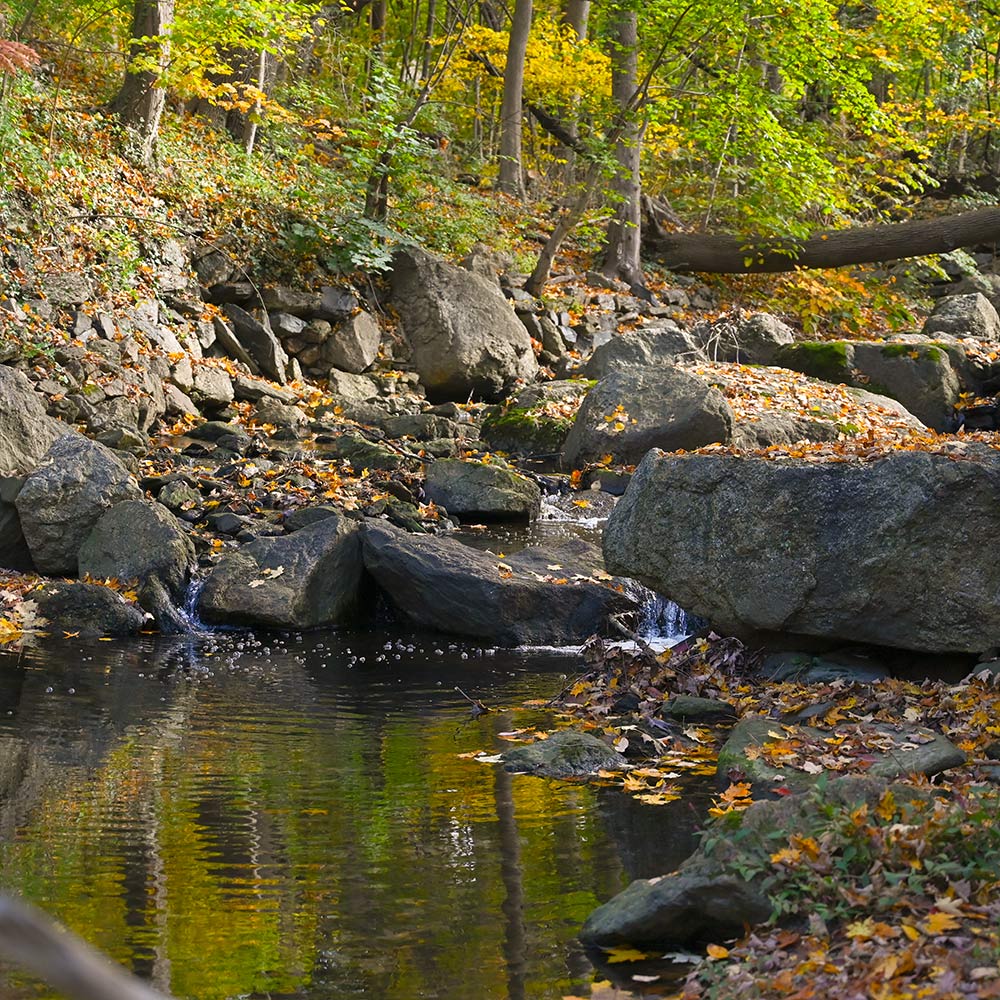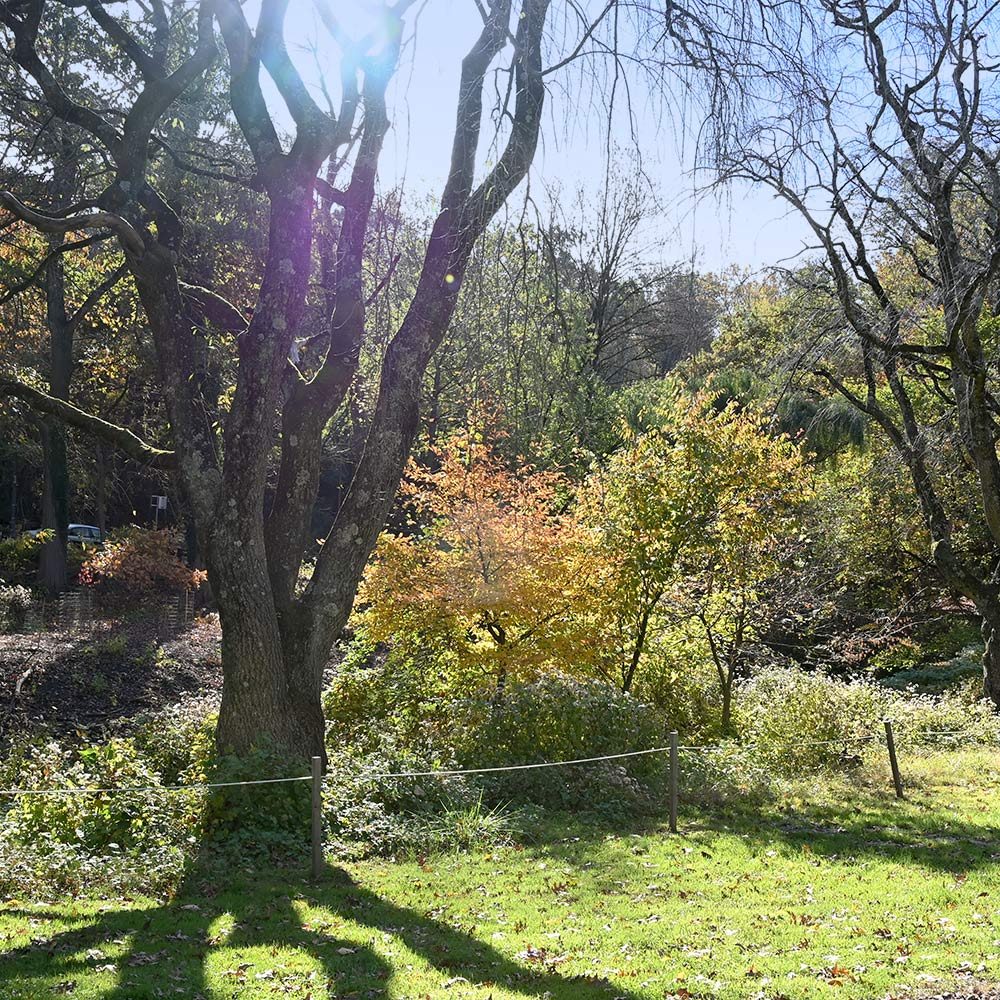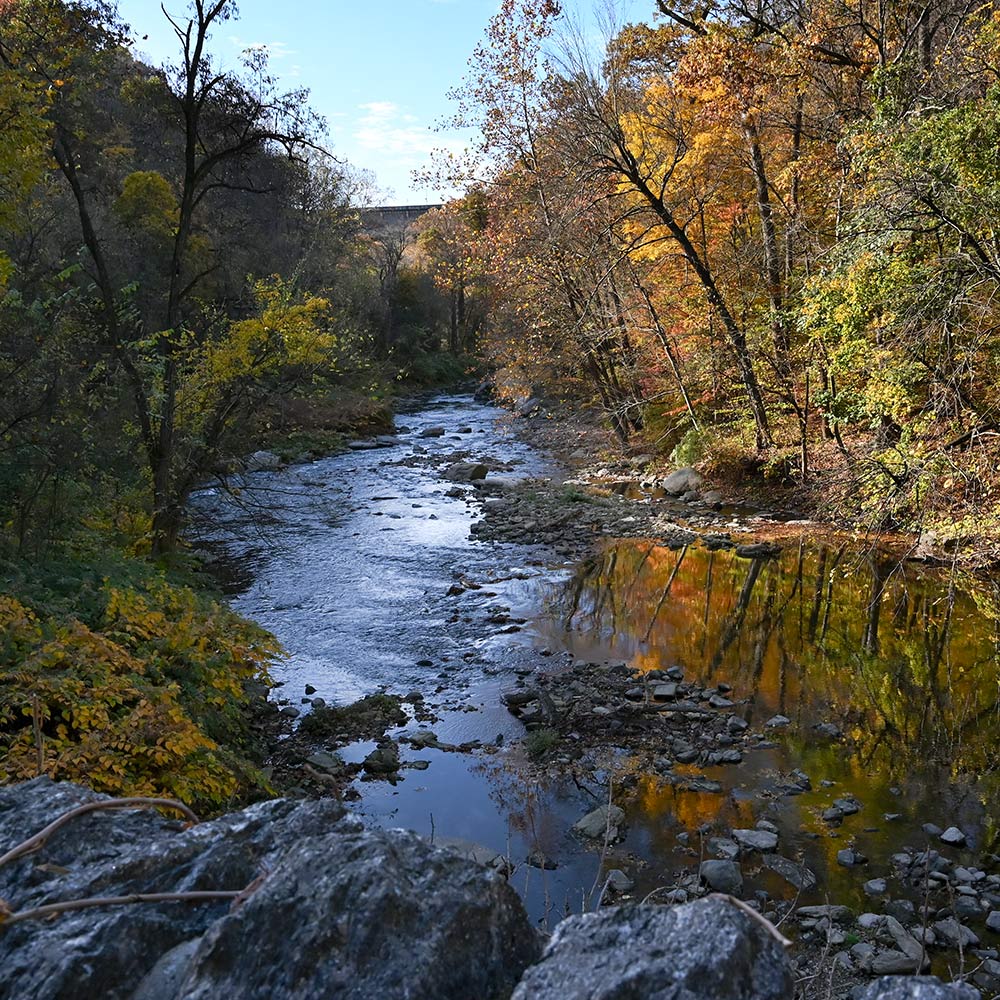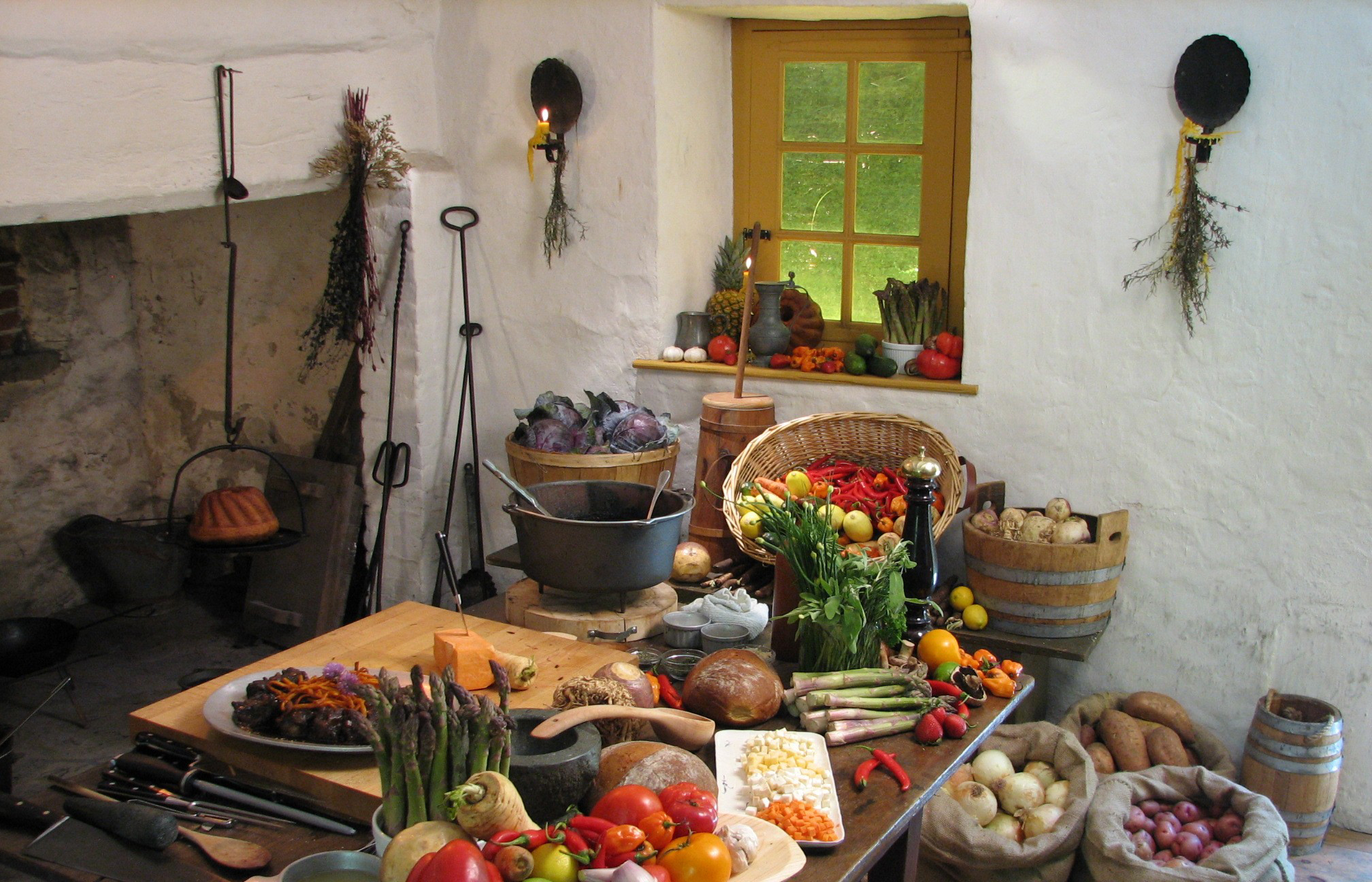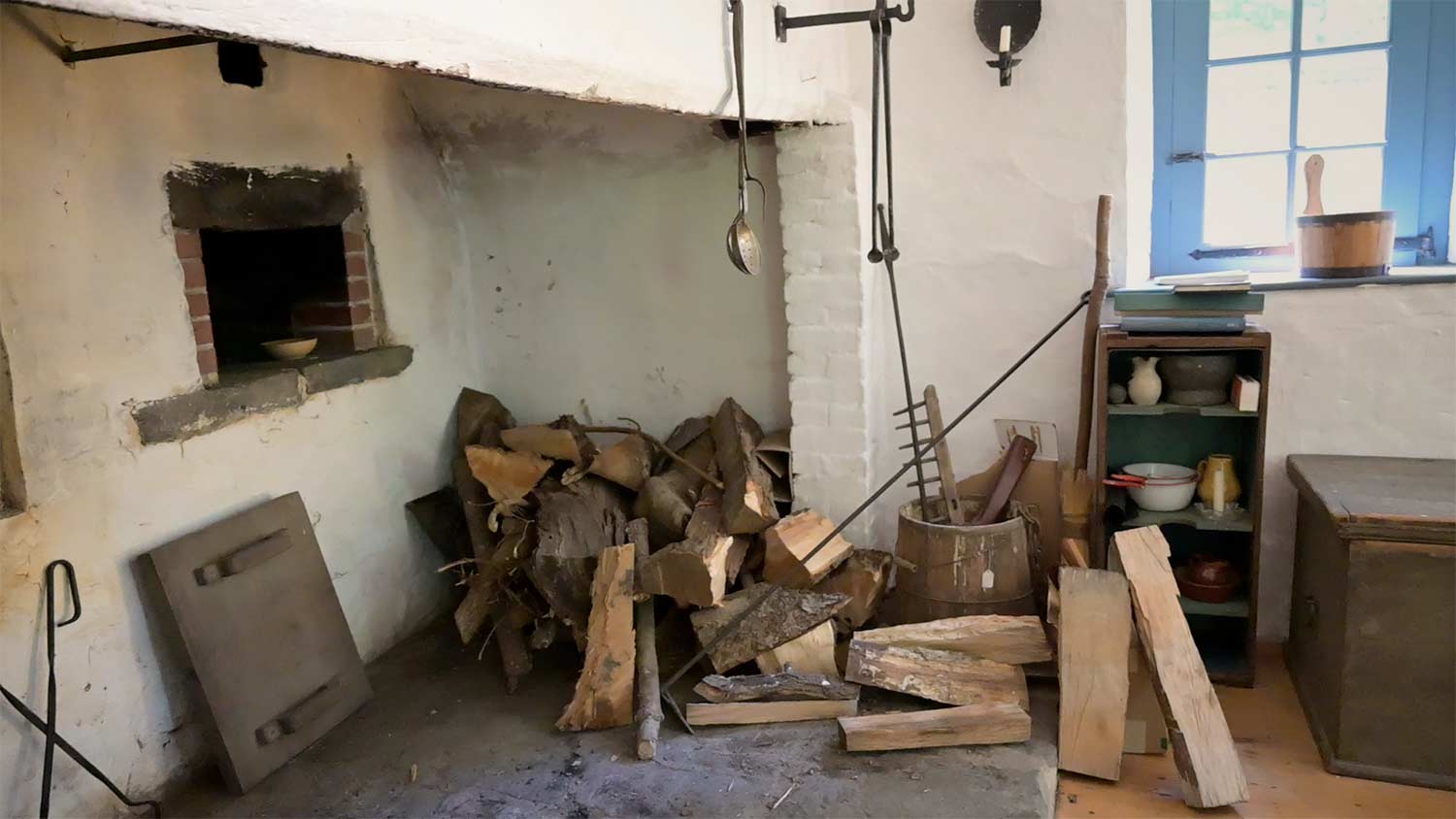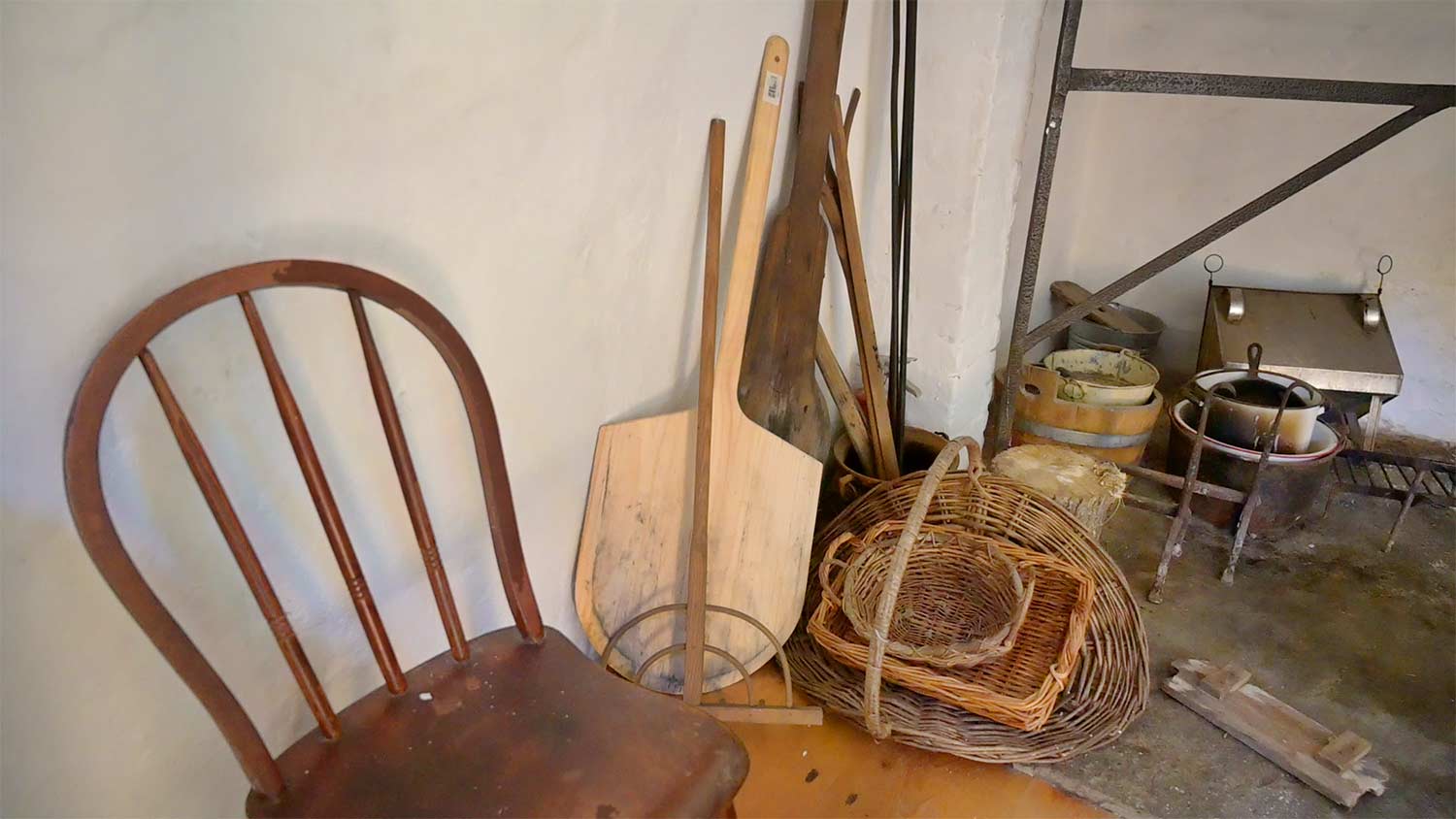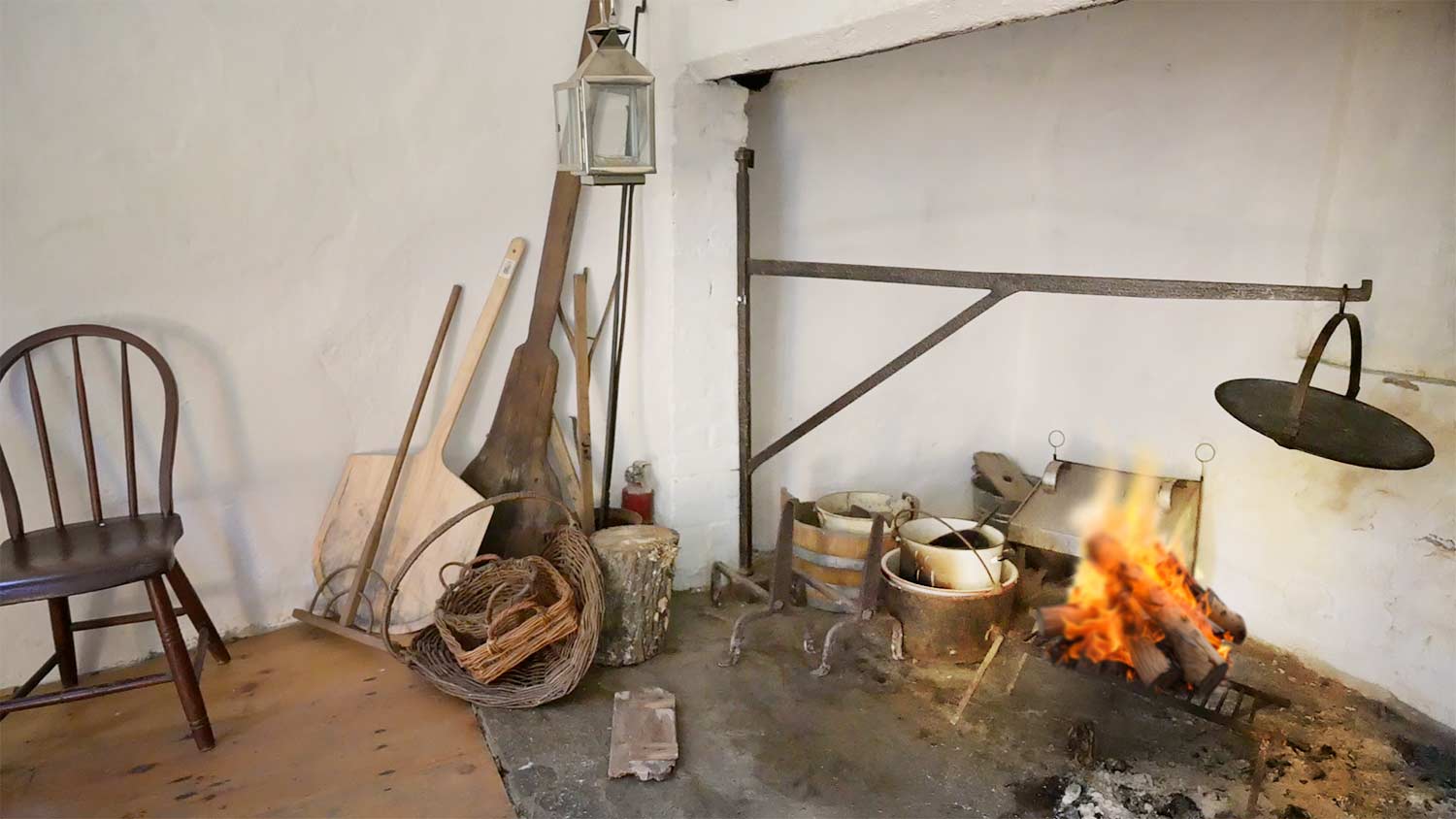Education serves as the cornerstone of our mission, and we offer four distinct educational experiences for both adults and students.
Historic Papermaking
Paper revolutionized human society by enabling the spread of knowledge, culture, and communication, facilitating the recording and dissemination of information on a massive scale. On this site in 1690, the first paper mill was established in North America. Think of how information was distributed thanks to paper and the printings of Benjamin Franklin in the following decades that was the foundation of the United States of America.
Delve into the fascinating world of historic papermaking. Participate in hands-on activities such as embedding (incorporating elements of nature into paper) and blowouts (using shapes to create paper). You’ll learn the art of papermaking from scratch using a mould and deckle. Shape the pulp into the mold, transfer it to a wet piece of felt, and use an old-style hand paper press to remove excess water, resulting in a one-of-a-kind keepsake you can take home with you.
Take a Tour
There is much about the 1707 Homestead that remains a mystery, but some early clues can be gleaned from much of the historic building fabric that remains today. Constructed in a German vernacular style, the Homestead represents a bank-style house. Embark on an hour-long journey through history as you explore the Homestead (birthplace of first director of the US Mint David Rittenhouse) and the 1753 Bakehouse with its impressive 16 ½ foot hearth. Gain insights into the property’s history from 1690 to the present day. Learn about the dedicated efforts to gain a deeper understanding of the village’s historic buildings and future initiatives to beautify the level 1 arboretum.
Don’t miss the chance to explore current exhibits on the second floor of the Homestead!
Nature Hikes
Led by Steve Jones of Wissahickon Restoration Volunteers, our nature hikes provide a one-hour exploration of the Rittenhouse village’s 20-acre site, focusing on the interplay between nature and industry. This 1.25-mile walk surveys natural and manmade features, revealing how industry shaped the local ecosystem and landscape. We also delve into present-day ecology, witnessing the transition from a 17th-century forest to a modern woodland with traces of the old. You will also learn about the incredible amount of work that is taking place today to eradicate invasive species and encourage the regrowth of native plants to help beautify and restore the property.
Please be aware that the walk includes gravel surfaces, uneven footpaths, and gradual uphill and downhill sections.
Hearth Cooking
The 1753 Bakehouse was constructed with a 16 ½ ft oven. It is a culinary experience steeped in tradition and communal spirit. Imagine gathering around a roaring hearth, where the warmth of the fire and the tantalizing aromas of food fill the air. This method of cooking harks back to a time when families came together to prepare and share meals oft en consisting of hearty, rustic fare, reflecting the ingredients and recipes of yesteryears, savory stews bubbling away in cast-iron pots, meat slowly roasting over open flames, and freshly baked bread emerging from stone ovens. Tending to the fire, stirring a simmering pot, or rotating a spit, historic hearth cooking is not just about preparing food to create a memorable feast, forging bonds, and sharing stories as the food cooks.
Ready to schedule your visit?
Contact us at Information@rittenhousetown.org
